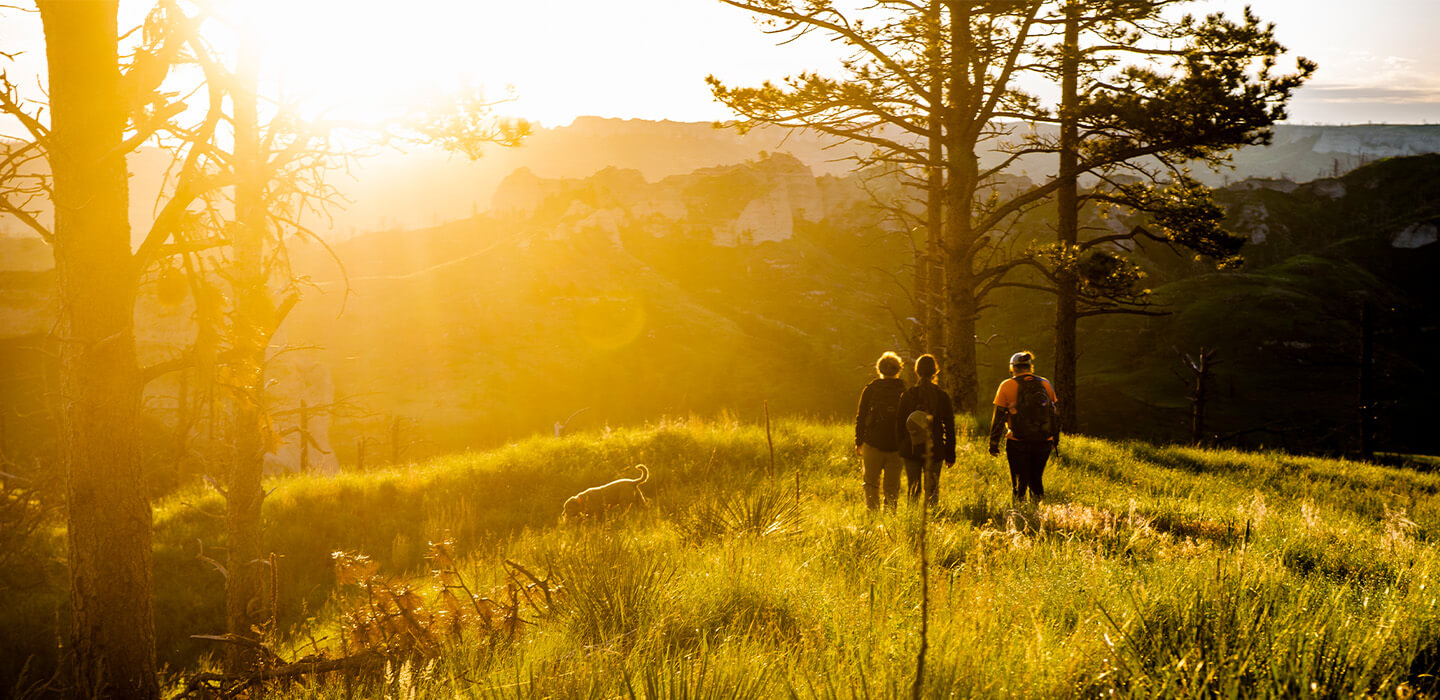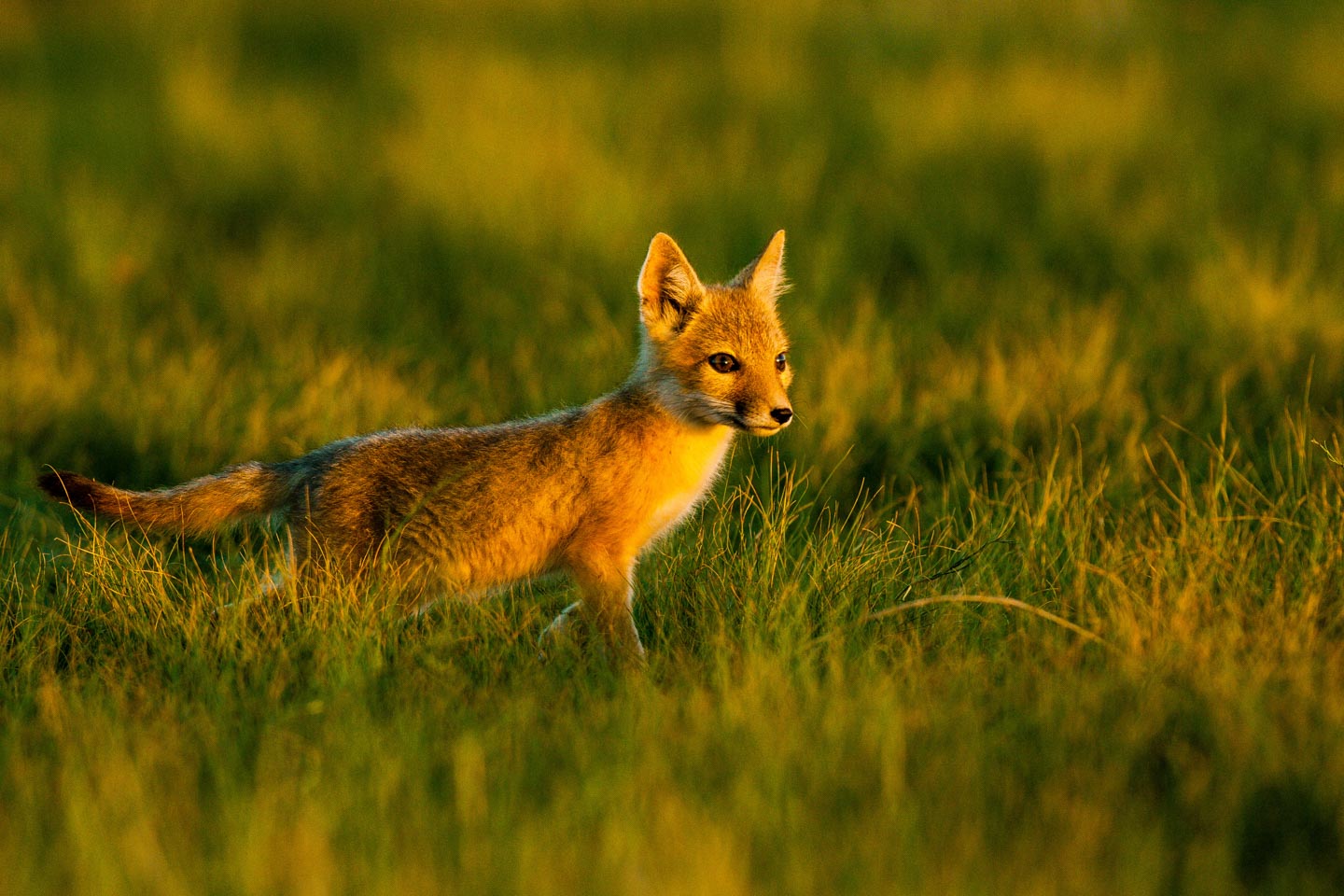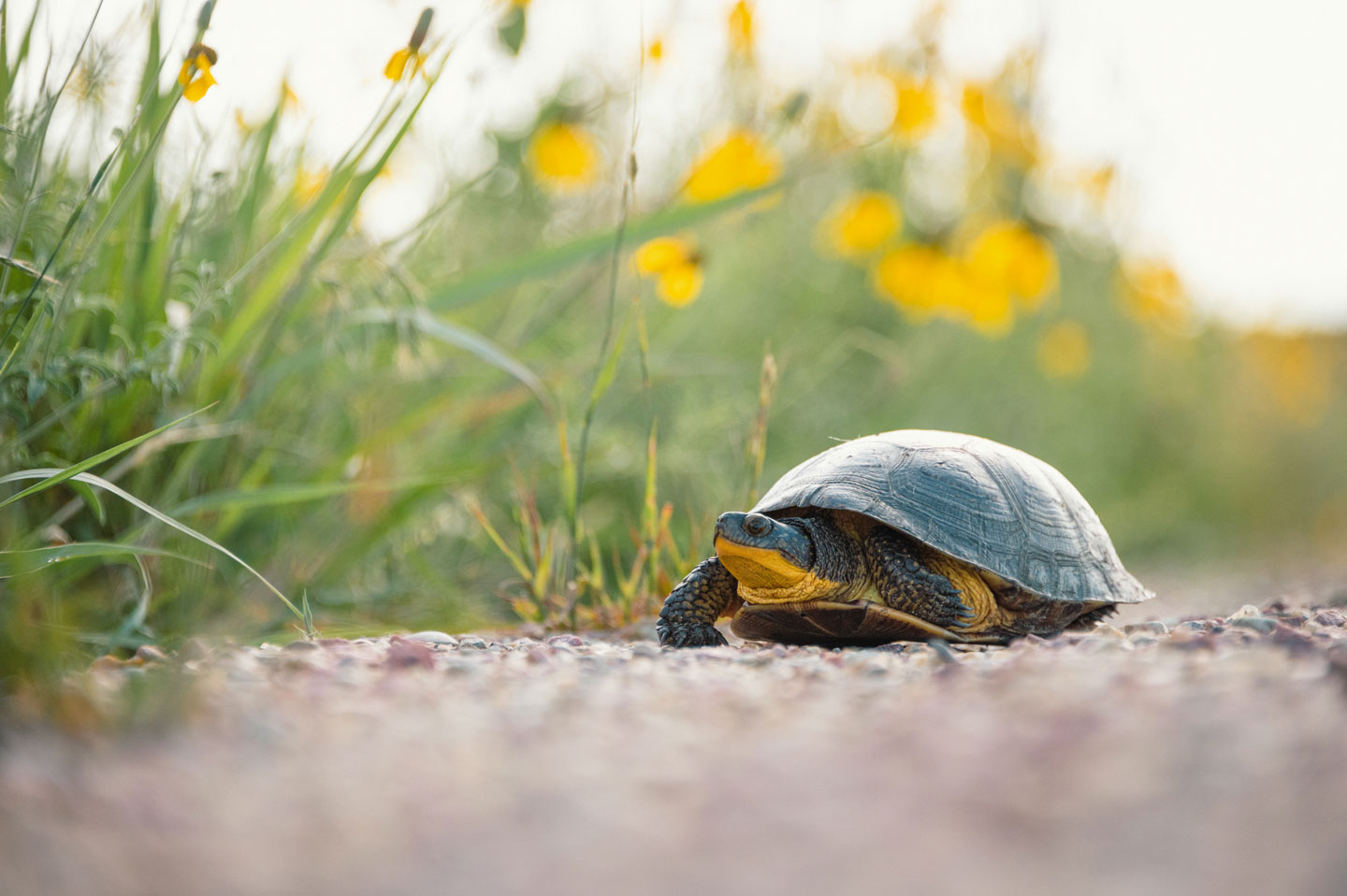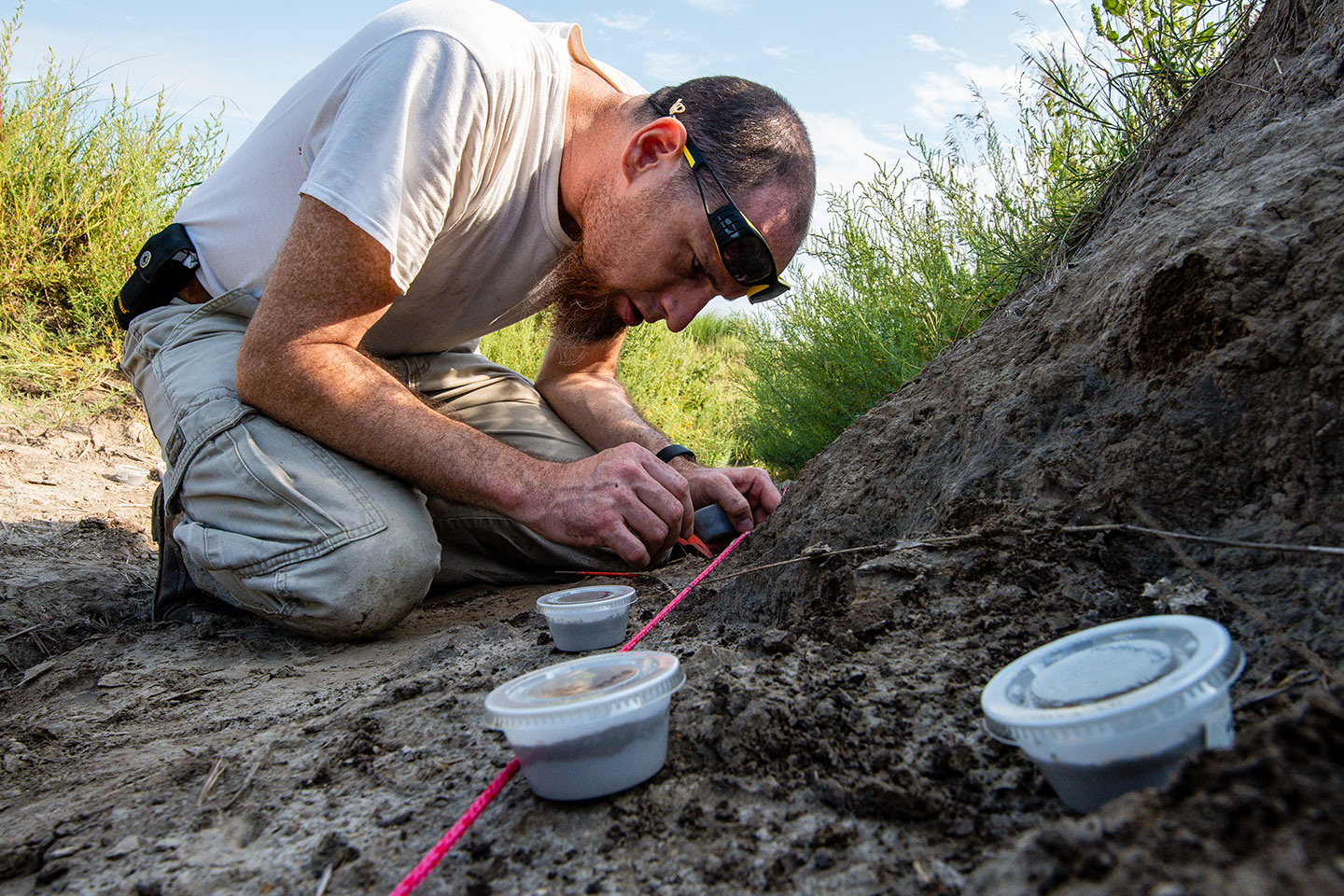Whooping Crane Reporting
Game and Parks, along with its partners, rely on the public to help track these endangered birds during their stopover in Nebraska.
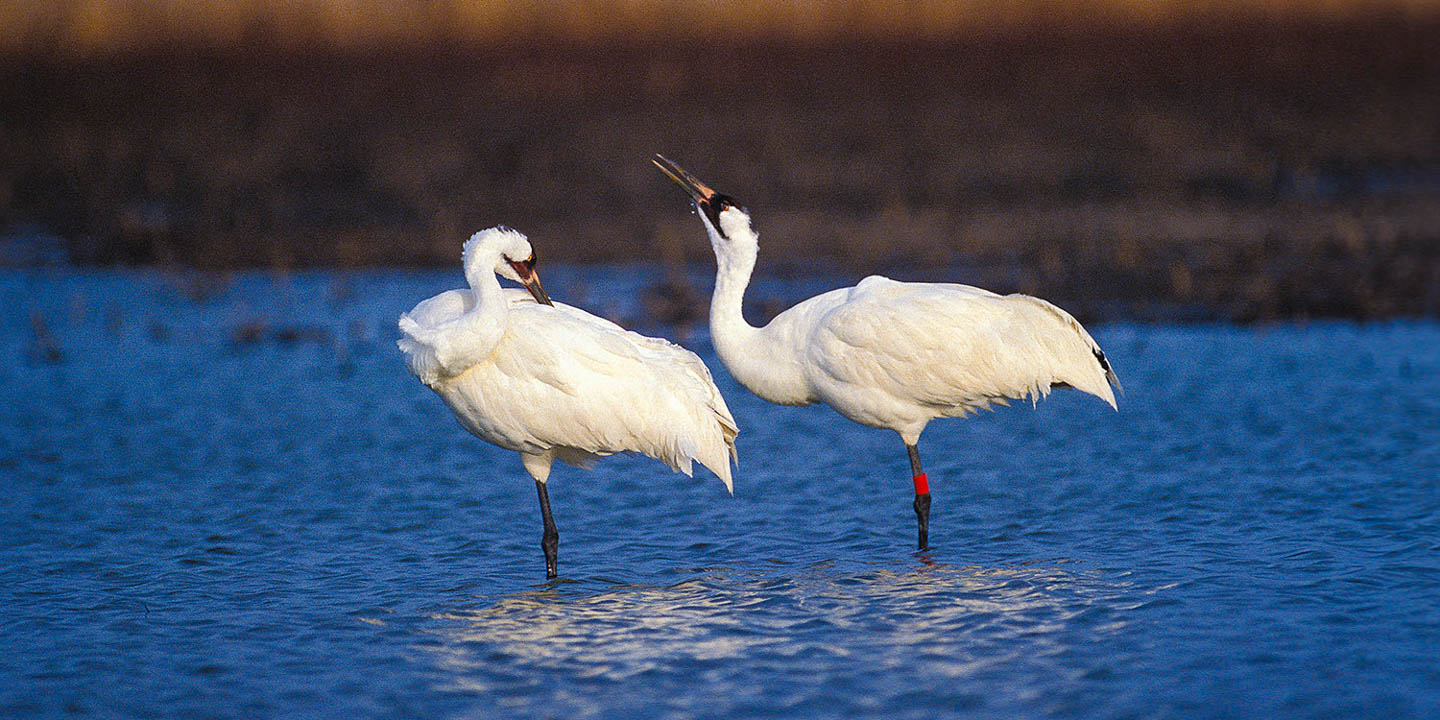
Each spring and fall, the entire population of whooping cranes in the Central Flyway migrates through Nebraska. Beginning their 2,500 mile journey from breeding sites at Wood Buffalo Park in Canada, the cranes fly until they reach their wintering sites at and near Aransas National Wildlife Refuge in Texas.
Often referred to as the Aransas-Wood Buffalo flock, in the early to mid-20th century, this population was reduced to fewer than 20 birds and was perilously close to extinction. As a result of legal protection, such as the Endangered Species Act and the Nebraska Nongame and Endangered Species Conservation Act, as well as conservation efforts, whooping crane numbers have increased slowly.
If you think you see a whooping crane, do two things:
1. Report the sighting.
2. Do not approach or harass whooping cranes for any reason.
Harassing whooping cranes may put them at risk, and it also is a violation of state and federal law.
Reporting whooping crane sightings
The Nebraska Game and Parks, along with its partners, rely on the public to help track these endangered birds during their stopover in our state. Information on crane sightings is used to positively affect whooping crane conservation and recovery efforts.
If you observe whooping cranes in Nebraska, please fill out the online report below.
Sightings can also be reported to the following contacts:
- Nebraska Game and Parks Commission: 402-471-0641
- U.S. Fish and Wildlife Service: 308-379-5562
- The Crane Trust’s Whooper Watch hotline: 308-224-9653
- Email Joel Jorgensen, nongame bird program manager.
Identification
Every migration, we receive reports of whooping cranes that end up being some other species. We appreciate folks providing reports, even when they are not absolutely certain. Sandhill crane, American white pelican, great blue heron, trumpeter swan and snow goose are species that occasionally are mistaken for whooping cranes. Whooping cranes are approximately 5 feet tall and fly with their neck outstretched. Adults are all white with the exception of black wing tips and reddish-black facial pattern.
Related Content
About Nebraska Game & Parks
We’re a family of passionate, innovative professionals who work together to connect people to the natural world and support conservation in Nebraska.

